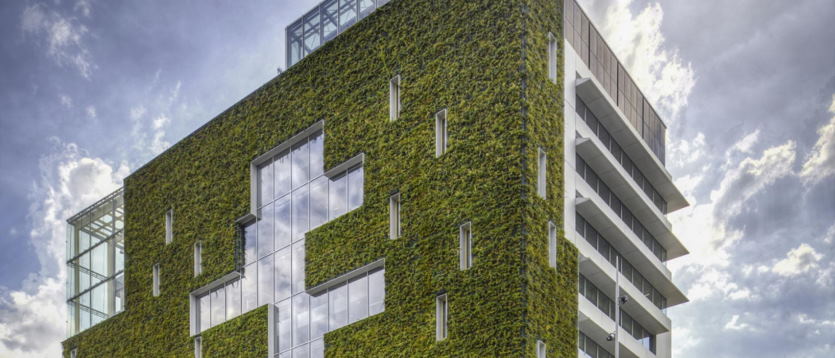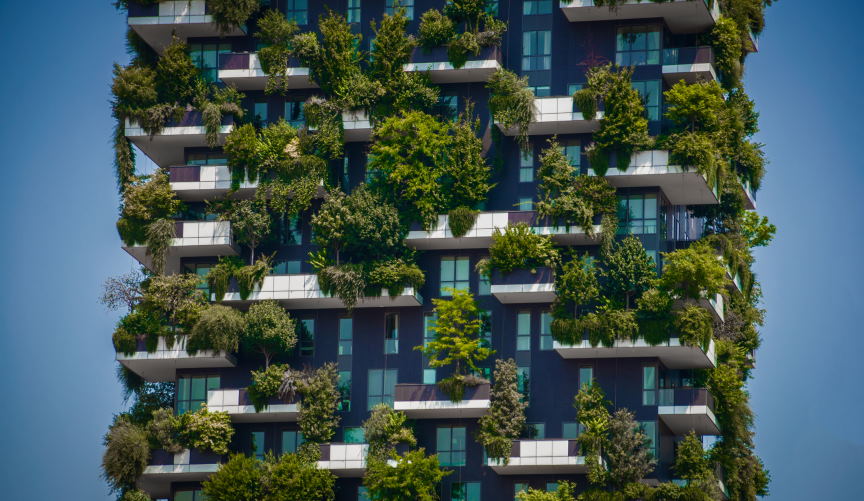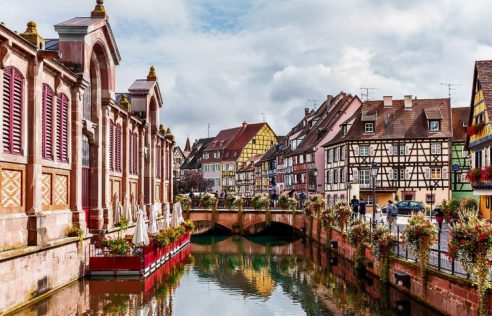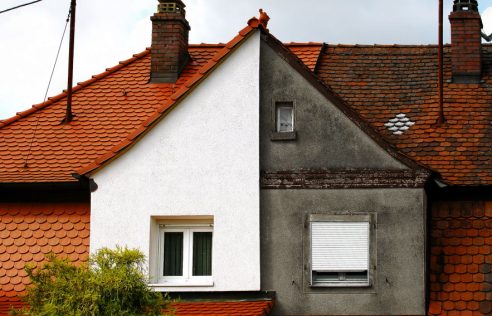The sustainable construction industry is rapidly evolving and bringing us innovative ways to build greener, more energy-efficient homes, buildings, and other structures. Europe has been at the forefront of green technology for some time now due to its commitment to protecting the environment, reflected in their development of new building technologies. This blog post explores the latest green building technologies in Europe that are helping bring sustainability into our daily lives while reducing energy consumption, carbon emissions, and overall costs. By looking at examples from countries such as Germany, Spain, and Italy – who have all made significant progress in developing eco-friendly solutions – we will gain insight into what’s possible when aiming for a sustainable way of living without compromising performance or quality.
Potential for greener structures: exploring European green building technologies
Green building technologies are helping to move the construction industry towards a more environmentally friendly future. Again, Europe is leading the way in this journey, with countries like Germany and Sweden taking the initiative to develop innovative green construction methods. These new technologies provide significant potential for creating greener structures that offer improved energy efficiency, better air quality, and reduced environmental impact.
One of the most exciting developments in European green building technology is prefabrication. Prefabricated components are manufactured off-site using advanced digital techniques and then transported to the building site, where they can be quickly assembled into a structure. This drastically reduces construction time compared to traditional on-site methods and limits disruptive activities at the site itself, resulting in less waste and fewer negative environmental impacts. Prefabrication also helps to improve quality control, as components are checked before they leave the factory, while construction costs can be reduced by using more standardised parts.

Another important green building technology is using renewable resources such as solar energy. Solar energy can be used to generate electricity and heat for buildings, which can significantly reduce a structure’s dependence on non-renewable sources. Solar panel systems have become increasingly efficient in recent years and boast impressive efficiency even in cloudy climates. They also require minimal maintenance once installed and work silently without releasing any pollutants into the atmosphere.
Finally, European green building technologies allow architects to design buildings that are better adapted to their local climates. For example, certain building materials can be used to insulate a home against heat in the summer and retain warmth during the winter months. This means that buildings can be heated and cooled more effectively, reducing energy bills for occupants and leading to overall savings on resources in the long run.
Overall, European green building technologies are giving architects and developers exciting new opportunities to create structures that offer improved environmental performance and greater efficiency in terms of energy use. These developments will not only help improve sustainability but could also lead to lower construction costs in the future as green building techniques become more widespread. As such, Europe is set to remain at the forefront of this rapidly evolving industry – paving the way for greener structures worldwide.
Understanding the European regulatory framework for green building
European regulations have been established to ensure that construction projects comply with environmental and energy standards while providing economic benefits. The most important environmental legislation is the Energy Performance of Buildings Directive (EPBD), which sets minimum requirements for energy efficiency in buildings. This directive requires all new or refurbished buildings to meet specific criteria such as energy-efficient appliances, air tightness, improved heating systems, and/or renewable energy sources.
In addition to EPBD, other directives regulate the design and construction of European green buildings. These include the Construction Products Regulation (CPR), which outlines specifications for construction materials used in green building projects; the Renewable Energy Directive (RED), which sets targets for countries to increase their use of renewable energy sources; and the Established Environmental Requirements Directive (EERD) which sets out provisions for the construction of green building projects.

Additionally, there are a number of European-wide initiatives that encourage the development of green buildings. These include Green Building Councils, which promote sustainable design and construction practices by providing resources to builders and designers; certification schemes, such as BREEAM® or LEED®, which certify the performance of green buildings; and financial incentives from national governments and public bodies.
By understanding these regulations and directives, developers can create more efficient, cost-effective, and environmentally friendly building projects in Europe. By doing so, they will reduce their environmental impact while creating a healthier living environment for their clients. Furthermore, with the right green building knowledge and solutions, European businesses can ensure they are compliant with environmental legislation while also gaining a competitive advantage in the market.
Furthermore, understanding the European regulations for green building can help companies achieve their sustainability goals and improve their overall performance. Europe’s companies can benefit from green building practices and policies to reduce their energy costs, cut emissions, increase efficiency and create healthier environments for employees and customers alike. Implementing renewable energy sources is one way that companies can achieve these goals while reducing their carbon footprint. Furthermore, by staying informed on the latest trends in green building, companies can remain competitive in a rapidly changing world.


